A major finding in particle physics reminds us of the importance of robust preliminary results — and paves the way for more exciting discoveries.
Category: space – Page 818
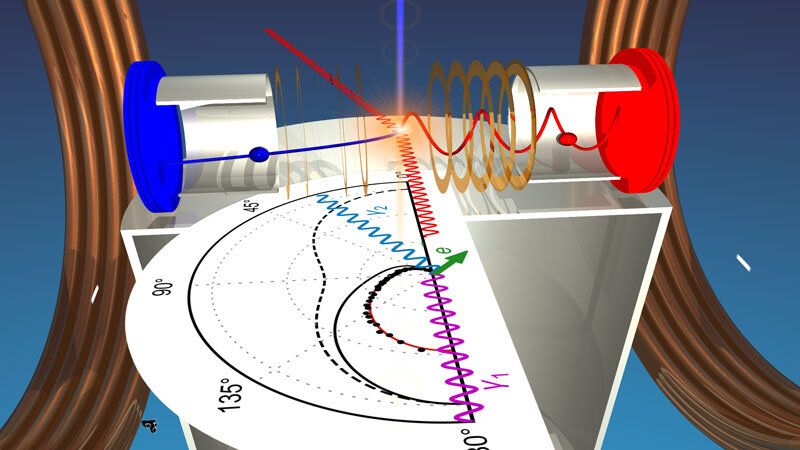
Researchers solve puzzle of Compton scattering: New approach for testing theories in quantum mechanics
When the American physicist Arthur Compton discovered that light waves behave like particles in 1922, and could knock electrons out of atoms during an impact experiment, it was a milestone for quantum mechanics. Five years later, Compton received the Nobel Prize for this discovery. Compton used very shortwave light with high energy for his experiment, which enabled him to neglect the binding energy of the electron to the atomic nucleus. Compton simply assumed for his calculations that the electron rested freely in space.
During the following 90 years up to the present, numerous experiments and calculations have been carried out with regard to Compton scattering that continually revealed asymmetries and posed riddles. For example, it was observed that in certain experiments, energy seemed to be lost when the motion energy of the electrons and light particles (photons) after the collision were compared with the energy of the photons before the collision. Since energy cannot simply disappear, it was assumed that in these cases, contrary to Compton’s simplified assumption, the influence of the nucleus on the photon-electron collision could not be neglected.
For the first time in an impact experiment with photons, a team of physicists led by Professor Reinhard Dörner and doctoral candidate Max Kircher at Goethe University Frankfurt has now simultaneously observed the ejected electrons and the motion of the nucleus. To do so, they irradiated helium atoms with X-rays from the X-ray source PETRA III at the Hamburg accelerator facility DESY. They detected the ejected electrons and the charged rest of the atom (ions) in a COLTRIMS reaction microscope, an apparatus that Dörner helped develop and which is able to make ultrafast reactive processes in atoms and molecules visible.
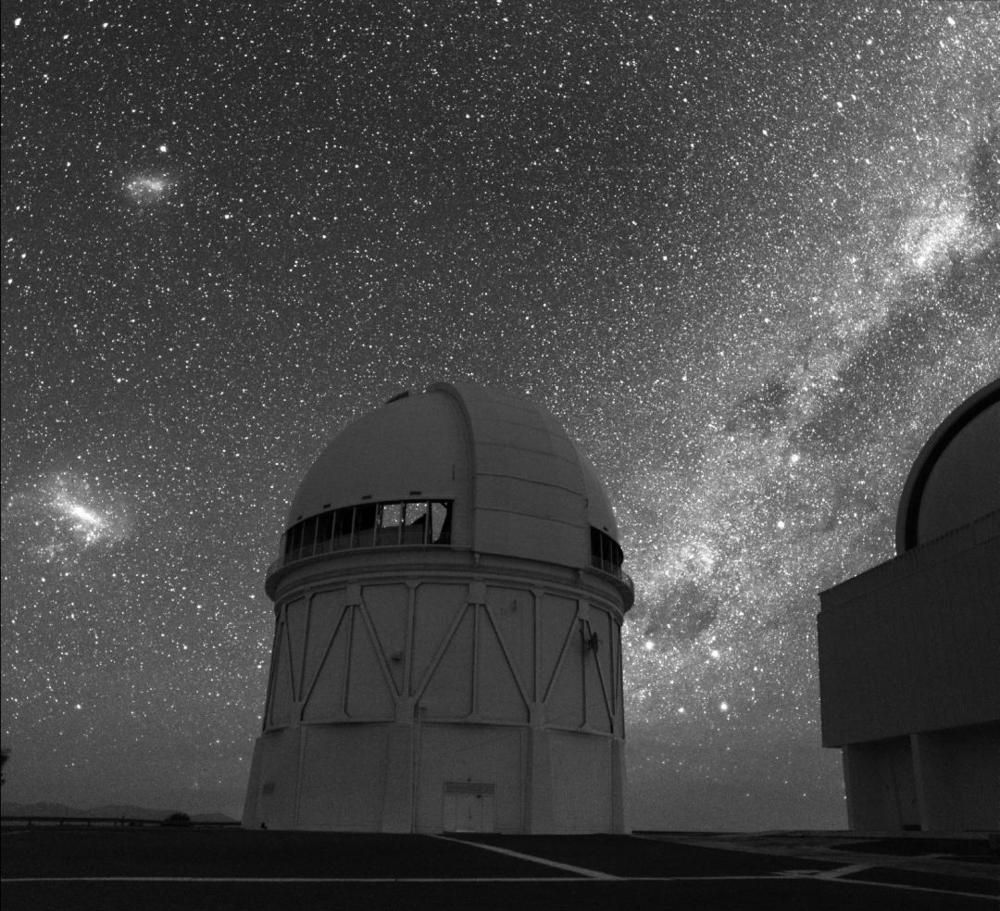

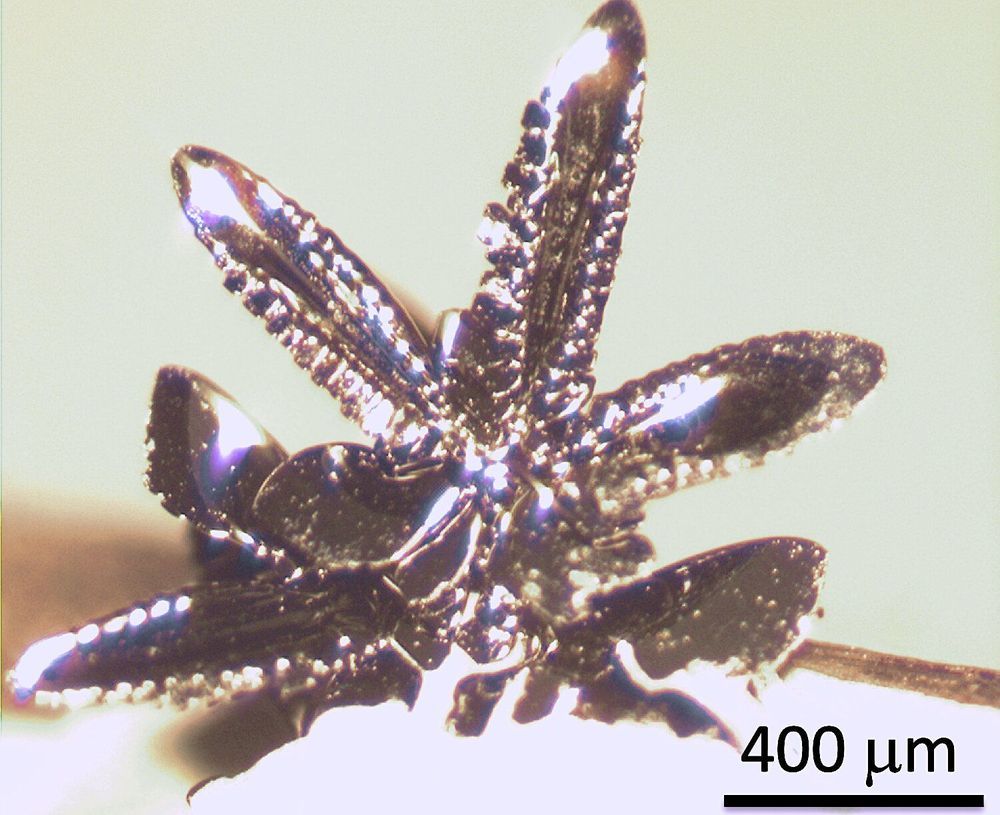
New handle for controlling electromagnetic properties could enable spintronic computing
Materials scientists at Duke University have shown the first clear example that a material’s transition into a magnet can control instabilities in its crystalline structure that cause it to change from a conductor to an insulator.
If researchers can learn to control this unique connection between physical properties identified in hexagonal iron sulfide, it could enable new technologies such as spintronic computing. The results appear April 13 in the journal Nature Physics.
Commonly known as troilite, hexagonal iron sulfide can be found natively on Earth but is more abundant in meteorites, particularly those originating from the Moon and Mars. Rarely encountered in the Earth’s crust, most troilite on Earth is believed to have originated from space.
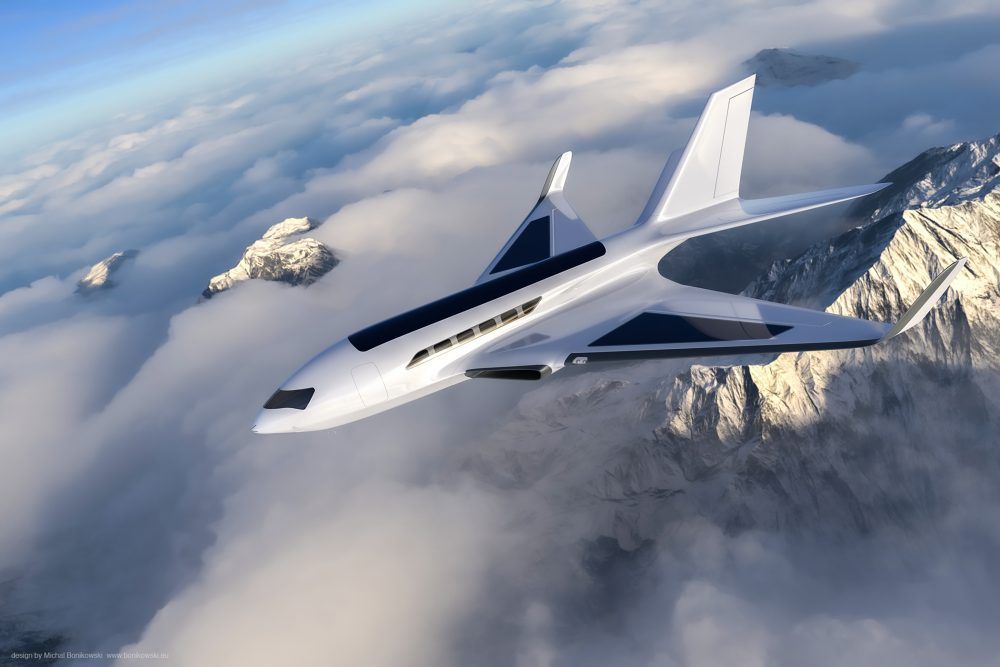
Forget Fuel Tanks and Batteries: This New Electric Jet Concept Uses Air Friction to Generate Power
Designer Michal Bonikowski’s concept is probably four or five generations ahead of the current mode of thinking, but Bonikowski told Robb Report that he was inspired by the recent Maveric concept by Airbus. “That aircraft’s unique design helps reduce drag while providing more cabin space,” he said. “I have been thinking a lot about this lately, and wondered what could happen if a big company would like to create an electric plane.”

There’s no Such Thing as “Solving Our Problems on Earth Before Going to Space”
[THERE’S NO SUCH THING AS “SOLVING OUR PROBLEMS ON EARTH BEFORE GOING TO SPACE”](https://spacerenaissance.space/heres-no-such-thing-as-solvin…-to-space/)
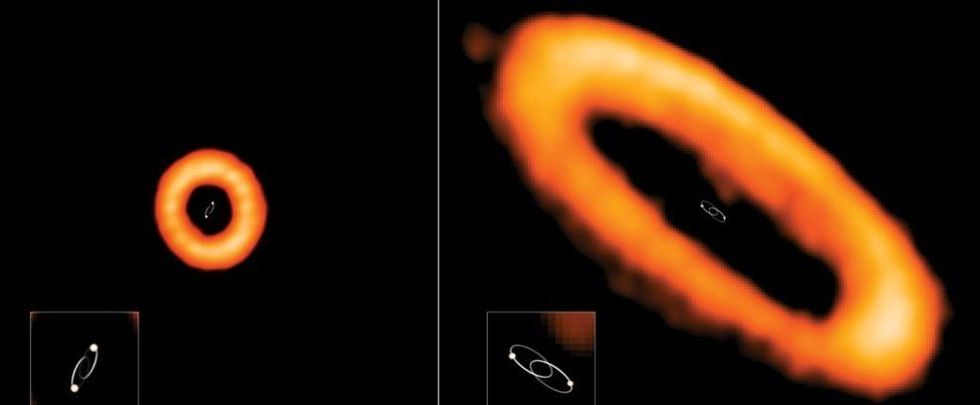
Bizarre Exoplanets Orbiting Binary Stars May Have Strangely Misaligned Orbits
There’s an iconic scene in the original Star Wars movie where Luke Skywalker looks out over the desert landscape of Tatooine at the amazing spectacle of a double sunset.
Now, a new study out of the National Radio Astronomy Observatory (NRAO) suggests that such exotic exoplanet worlds orbiting multiple stars may exist in misaligned orbits, far out of the primary orbital plane.
The find has implications for planetary formation in complex multiple star systems. The study used ALMA (the Atacama Large Millimeter/submillimeter Array) in Chile to look at 19 protoplanetary disks around binary stars with longer period orbits, versus a dozen binary stars known to host exoplanets with periods less than 40 days found in the Kepler space telescope observations.
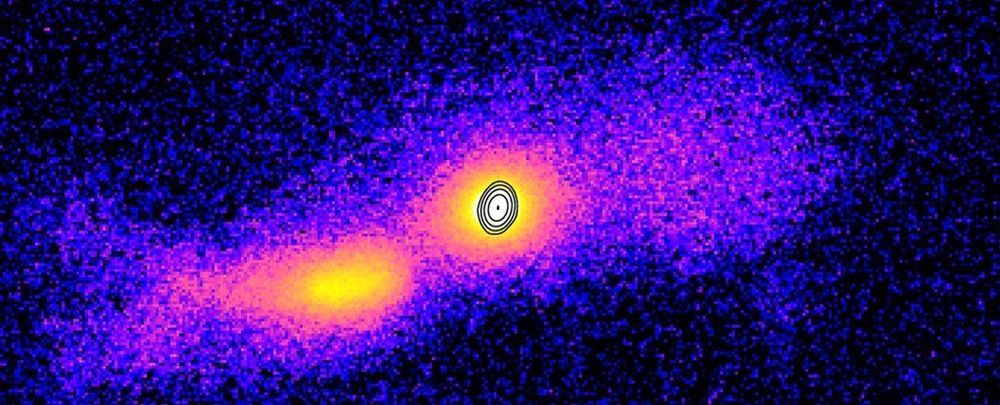
For The First Time, Astronomers Photograph a Jet Spewing Out From Colliding Galaxies
Space can be a horror show of cosmic violence, and now astronomers have captured the first photographic evidence of the carnage that can be unleashed when two heavyweight galaxies collide.
A collaboration between an international team of researchers has produced the first ever image of a relativistic jet of gas and plasma spewing forth from a pair of galaxies as they dive head-first into one another.
While galaxies have been caught mid-collision plenty of times before, this is the first time a jet of this kind has been seen spilling out of such a merger, and it could tell us a thing or two about how they arise.
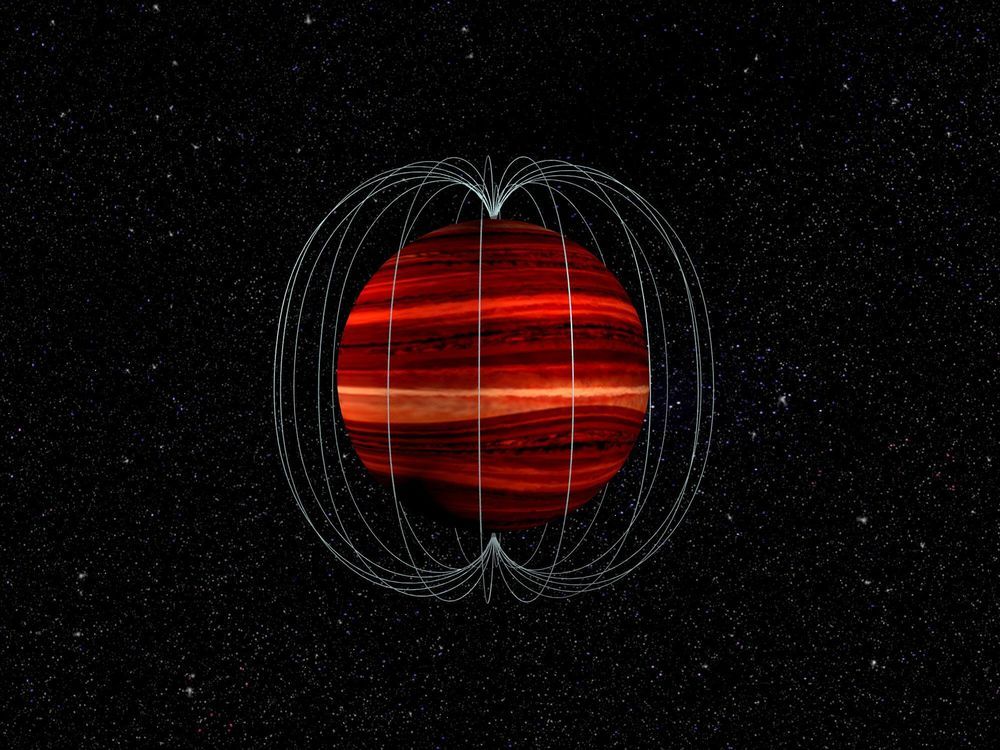
Astronomers measure wind speed on a brown dwarf
Astronomers have used the National Science Foundation’s Karl G. Jansky Very Large Array (VLA) and NASA’s Spitzer Space Telescope to make the first measurement of wind speed on a brown dwarf—an object intermediate in mass between a planet and a star.
Based on facts known about the giant planets Jupiter and Saturn in our own Solar System, a team of scientists led by Katelyn Allers of Bucknell University realized that they possibly could measure a brown dwarf’s wind speed by combining radio observations from the VLA and infrared observations from Spitzer.
“When we realized this, we were surprised that no one else had already done it,” Allers said.